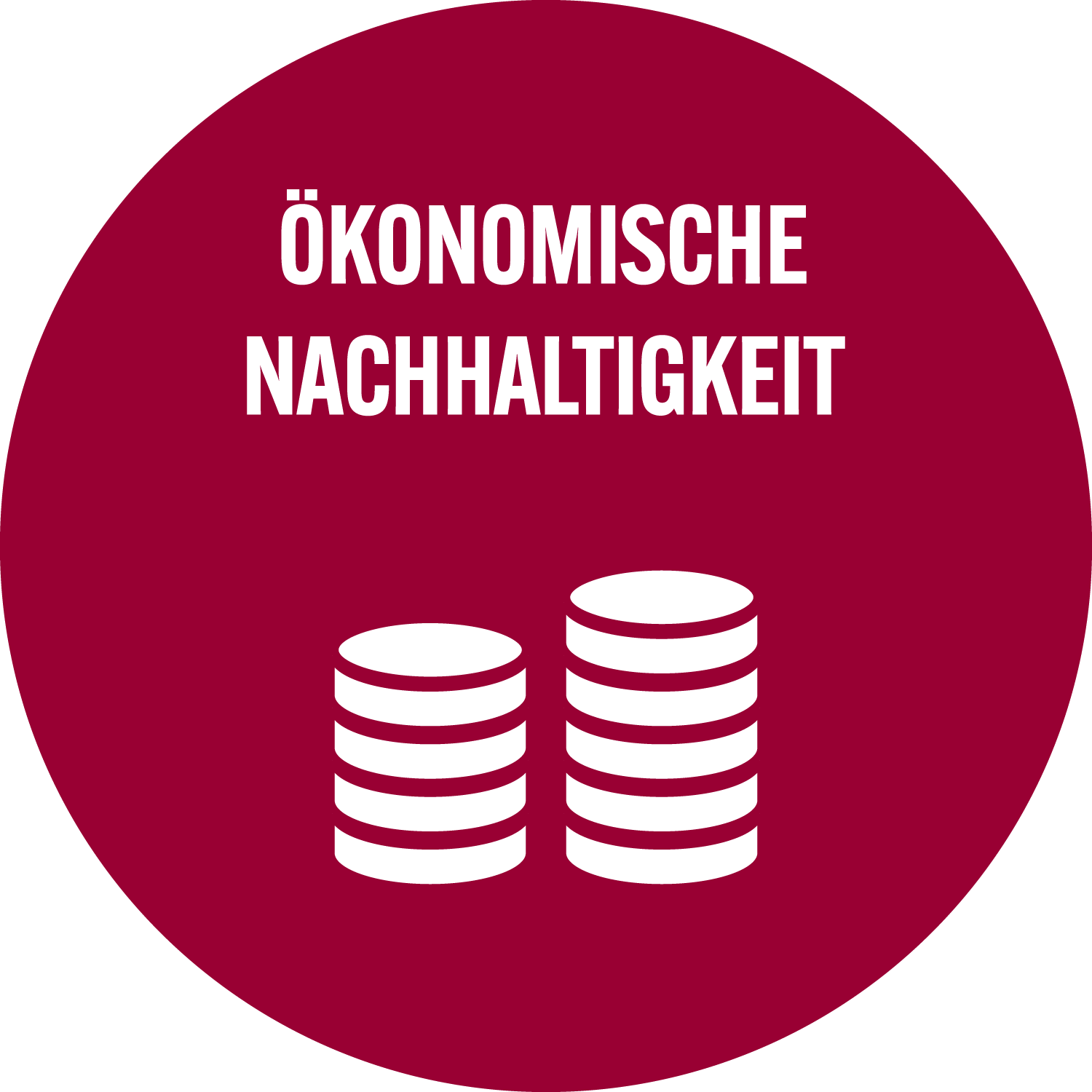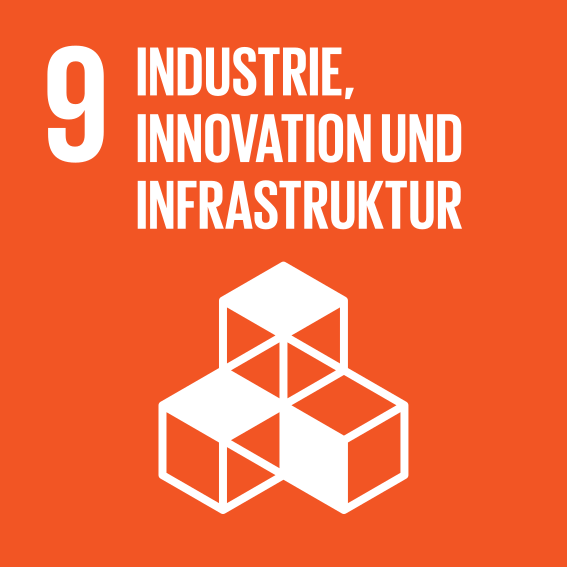|
The economic dynamics of competing power generation sourcesGlenk, Gunther ; Reichelstein, Stefan
BASE:
Glenk, Gunther
;
Reichelstein, Stefan
Google Scholar: Glenk, Gunther ; Reichelstein, Stefan ORCID: Glenk, Gunther  ORCID: 0000-0003-2540-838X ; Reichelstein, Stefan ORCID: 0000-0003-2540-838X ; Reichelstein, Stefan
|
 |
Eintrag anzeigen |


 Creative Commons Namensnennung 4.0 International (CC BY 4.0)
Creative Commons Namensnennung 4.0 International (CC BY 4.0)




 Suche Autoren in
Suche Autoren in